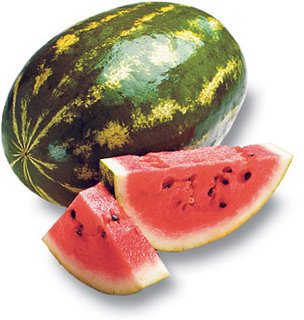
The Luiseño diet is the one closest to me, physically. The Pauma Band of Luiseño Indians owns the property where I live and work. They have inhabited Pauma Valley and the surrounding areas forever. Of the three cultural groups that I am studying, co-evolution should be most prominent within their diet. Just a few miles from the farm are two other Luiseño reservations, Pala and Rincon. The annual Rincon Fiesta was held recently and I visited to see what types of food were being offered. In many cultures, festivals and holidays elicit traditional foods being prepared en masse that may have lost their place in the every day diet. At the Fiesta I found chicken, popcorn, watermelon and Mexican food; tamales, tacos, burritos. Nowhere did I see wiiwish, the sweetened acorn mash that had been a staple for California Indians nor wood rat that had been considered a delicacy.
Many of the reservations in the area are home to Mexican immigrants, so the introduction of Mexican food into the Luiseño diet is not unexpected. The Luiseño are an agricultural people, maintaining large swaths of citrus and avocado orchards to this day. Maize was one of the earliest South and Central American foods that spread north into present-day USA. Native peoples were the original bio-technicians, of course, cultivating teosinte and selecting to produce something far more reminiscent of today’s maize. In just 2,000 years, teosinte the size of a fingernail evolved into present-day maize. For that reason, popcorn does not strike me as being an odd food either.
Whites introduced watermelon when they settled in California. The story of acceptance into the Luiseño diet asserts that an old Indian woman with a keen sense of smell had went out in search of an unfamiliar sweet scent that floated in on a breeze. She returned with a large green ball and volunteered to eat it first. If it was poisonous and she was to die, it would not matter because of her old age. She broke it open with a nearby stone and scooped the soft pink flesh into her mouth. She fell to ground, shaking and the others assumed she had died. But she opened her eyes and exclaimed it to be delicious and they all ate. The Indians saved the seeds and began to cultivate their own watermelons in Southern CA. The original “green ball” was believed to have grown from a seed that floated downstream from a field that a white man had planted.
Popcorn and watermelon are not foods that I think about in reference to traditional Indian diets, but they are part of the Luiseño past and Mexican food is prominently part of their present, as it is for most Southern Californians. These three foods were all introduced in distinct ways; popcorn through domestication of a wild plant and subsequent trade, watermelon, literally by chance, floated in on a stream and Mexican food was introduced through mass migration. Of these, watermelon represents the only food that was introduced by a single event.
Perhaps, time was the only limiting factor before whites, in need of supplemental protein, traded watermelon for wood rat. I will never know, but I do know that watermelon has persevered where wood rat has not. And likely, time remains the only barrier before watermelon is phased out in favor of another exotic food that thrives in the sandy soil of Pauma Valley. Evolution is a traditional aspect of all diets, be it through domestication (teosinte into maize), introduction (tamales and tacos) or chance (watermelon). The day will come when people long for the past when watermelon was the stereotypical summer food, before turning their attention back to whatever has taken its place.
No comments:
Post a Comment